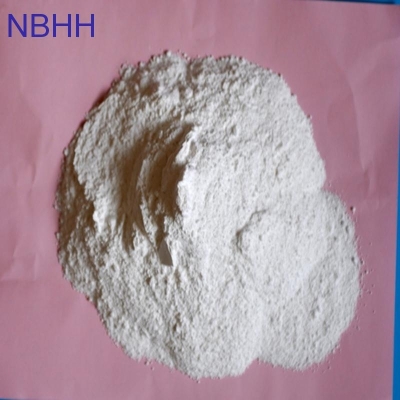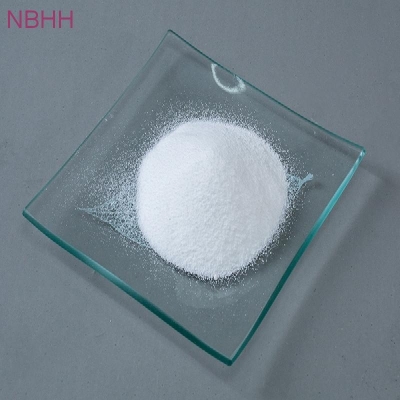What is cyclamate
-
Last Update: 2017-09-04
-
Source: Internet
-
Author: User
Search more information of high quality chemicals, good prices and reliable suppliers, visit
www.echemi.com
Introduction: a lot of people don't know about sweet element very well What is sweet element? What are the uses? Understand in detail through Baibai safety net It's very common to add additives in food processing Sodium cyclamate is one of them It can change the flavor of food and make it sweet to eat So what is sodium cyclamate? Learn more about it here There are many food additives Sodium cyclamate, whose chemical name is sodium cyclamate, is a common additive in food production Sodium cyclamate is a kind of commonly used sweetener, whose sweetness is 30-40 times that of sucrose If consumers often eat beverages or other foods with excessive content of sodium cyclamate, it will cause harm to the liver and nervous system of human body due to excessive consumption, especially to the elderly, pregnant women and children with weak ability of metabolic detoxification As a non nutritive synthetic sweetener, the sweetness of sodium cyclamate is 30 times of that of sucrose, and the price is only one-third of that of sucrose Moreover, it does not have bitter taste when the dosage is a little more than that of saccharin Therefore, it can be used as an international general food additive in cool drinks, fruit juice, ice cream, pastry food and preserves It can also be used for family flavoring, cooking, sauce, cosmetics, sweeteners, syrup, sugar, sweet ingot, toothpaste, slobber, lipstick, etc Diabetes patients and obese people can use it instead of sugar The above introduction we know what is sweet element, so how to identify whether there is sweet element in fruit? Go to Baibai safety net, we will introduce an instrument to you, the food safety detector can quickly detect whether there is sweet element in fruit Editor in charge: he xianrob
This article is an English version of an article which is originally in the Chinese language on echemi.com and is provided for information purposes only.
This website makes no representation or warranty of any kind, either expressed or implied, as to the accuracy, completeness ownership or reliability of
the article or any translations thereof. If you have any concerns or complaints relating to the article, please send an email, providing a detailed
description of the concern or complaint, to
service@echemi.com. A staff member will contact you within 5 working days. Once verified, infringing content
will be removed immediately.







